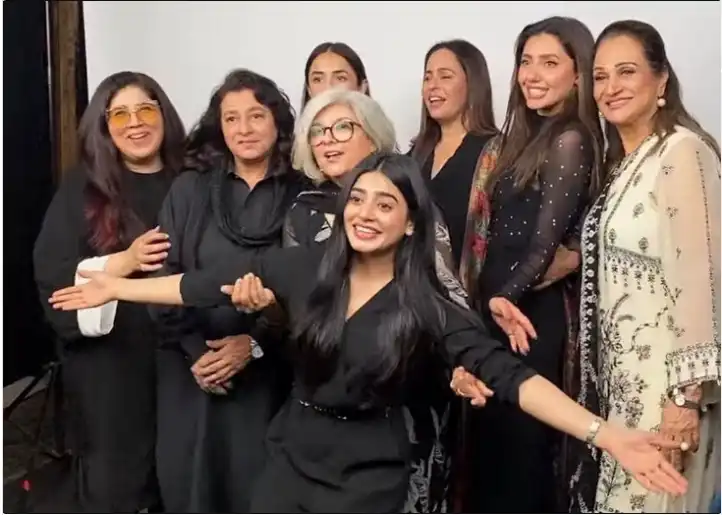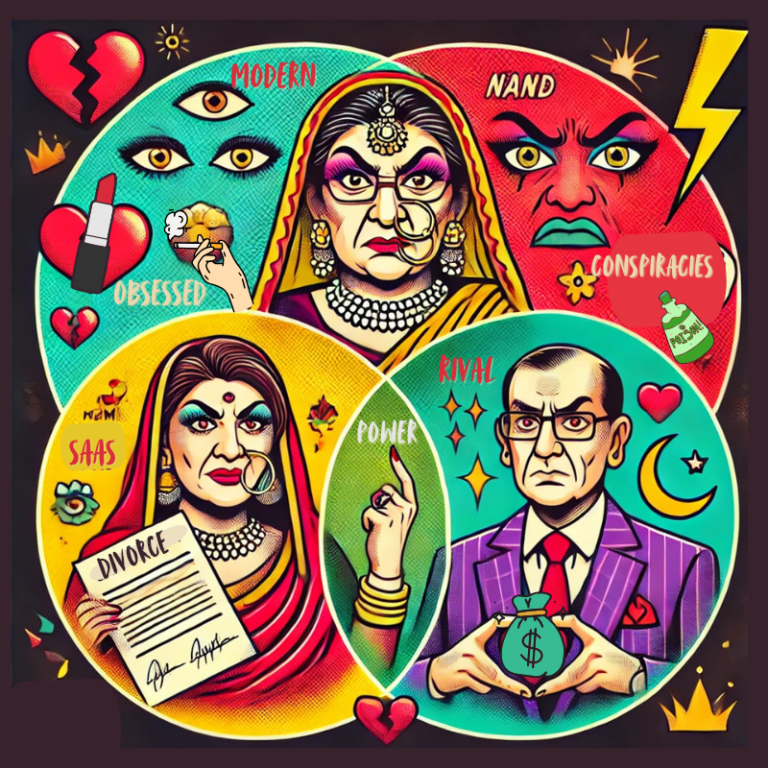Okay, let’s have a little heart-to-heart: why is South Asian sci-fi still trapped in the shadows? We’ve got the stories, the characters, the sheer creative chaos — yet when you think of futuristic worlds, you’re still probably imagining white dudes in spandex saving the day.
Why is no one giving South Asia the sci-fi spotlight it deserves?
South Asia’s been bending reality long before we started getting our heads wrapped around Elon Musk and VR. From classic legends to modern-day sci-fi epics, we’ve got magic, mythology, and society-crushing dystopias that are ripe for the silver screen. So where’s the South Asian Star Trek?
We’ve Got Stories
Let’s rewind a bit. We’ve been weaving stories about the impossible since Sultana’s Dream (1905) by Begum Rokeya Sakhawat Hossain — a feminist utopia where women rule, and men are stuck at home. Relevant in 2025? Scarily so. Then there’s the tale of weather control Niruddesher Kahini (1896) by the legendary scientist Jagadish Chandra Bose. Fast forward to the 1980s, and you’ve got Umro Ayyar, the shape-shifting, reality-bending trickster who’s been terrorizing the page since the Tilism-e-Hoshruba days.

More recently, South Asian authors like Usman T. Malik (hello, Bram Stoker Award winner) and Bina Shah (Before She Sleeps) are taking speculative fiction to the next level. Their worlds are uniquely post-apocalyptic and immersive. It’s a flavor of the genre we haven’t seen yet — one where the local is steeped in the global, where characters aren’t just trying to survive but are also grappling with tech, history, and identity.
The Films That Could Have Been
You’d think with all this material, we’d have hundreds of films dedicated to South Asian sci-fi by now, right? Sadly, no. . Sure, there are some strong indie films like Shehr e Tabassum which paints a gritty, tech-driven future. It’s post-apocalyptic, it’s dark and it’s something other than the usual “white knight in shining armor” trope.

Most recently, Umro Ayyar: A New Beginning (2024), a Pakistani sci-fi film based on the legendary trickster of Tilism-e-Hoshruba. So why isn’t a streaming platform snapping up these stories and making them their next big thing?
What’s the Hold Up?
The question is why isn’t South Asian sci-fi tearing it up in the global cinema scene? We’ve got the talent, the originality, and the technological advancements to tell some seriously wild stories. But the question is: Do we have an audience?
Here’s the thing. Sci-fi is not just about laser guns and flying cars. It’s about imagining what could be. It’s about looking at where we’re headed, questioning the impact of technology, and asking “what if?” South Asian narratives are uniquely positioned to show a future that isn’t about corporate greed or dystopian mega-cities, but about community, legacy, and the unseen powers of spiritual strength. Sci-fi can be a lens to challenge how we view progress — to imagine what comes next, but also understand what we’ve left behind.
The Future’s Bright, If We Can Just Get There
If Black Panther taught us anything, it’s that there’s an untapped well of potential when diverse voices are given the stage. Imagine a world where Indian sci-fi meets Pakistani horror, with a sprinkle of mythological twists and tech-thrills. Imagine worlds where ancient tales of cosmic power collide with cutting-edge artificial intelligence. We’re sitting on a goldmine.

The South Asian audience is out there. It’s hungry for stories that are culturally rich but also futuristic. It’s looking for something that’s not just a retelling of Western norms, but something that challenges what it means to exist in a globalized, high-tech world. We’re ready for a superhero story that doesn’t take place in New York City — but in the futuristic streets of Lahore or Mumbai. We need more Afro-futurism and more South-Asian-futurism. We deserve stories that aren’t just about saving the world, but also reshaping it.
Top South Asian Sci-Fi That Needs to Be on Screen ASAP
- Bees Sau Gyarah by Muhammad Khalid Akhtar — This dark and political short story was inspired by state controls and a slowly crumbling future.
- Before She Sleeps by Bina Shah — A haunting, post-apocalyptic feminist thriller set in a world on the brink of collapse.
- The Imran Series by Ibn-e-Safi — Action-packed, supernatural spy thrillers that are considered James Bond of the South Asian world.
- A Stranger in the Village by Tariq Ali This novel delves into the complexities of colonialism, identity, and the human spirit, providing a perfect blend of speculative fiction and sharp social critique.
- Roshni ki Raftaar by Qurratul Ain Haider — A gripping feminist time travel adventure where an Indian scientist finds herself in ancient Egypt questioning the nature of progress.
Let’s face it: the future is already here. It’s South Asian, it’s high-tech, it’s magical, and it’s way cooler than anything you’ve seen before.






 After many unfor
After many unfor


 Watch our full
Watch our full 





